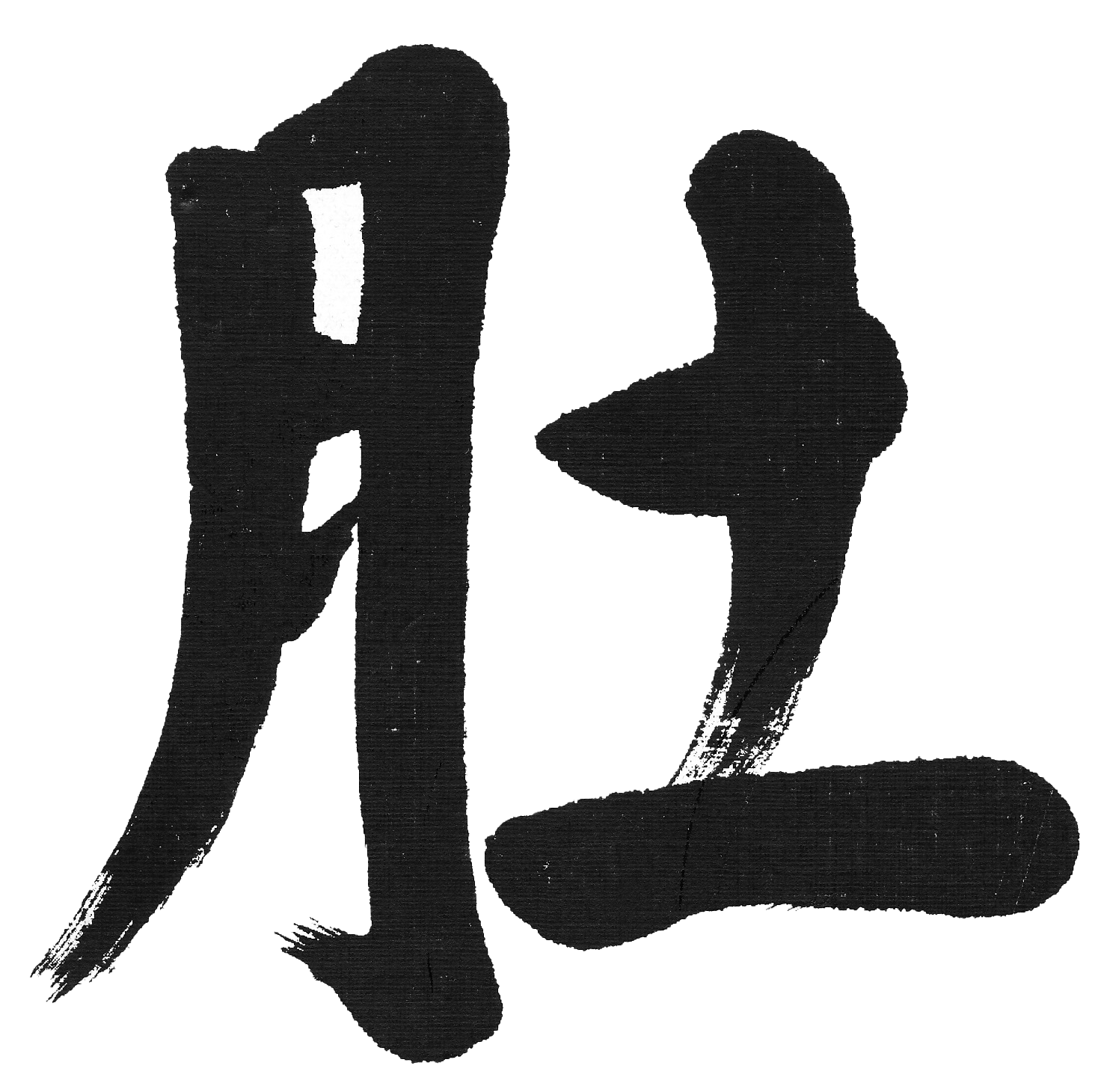What Goes Out Must Come In
In our last post, I mentioned that part of the evolution in how I teach hara development is that I now emphasize the role of inhalation, especially for beginners. This emphasis goes with my stressing relaxation over tension, an evolution I have discussed previously. I'll begin by putting this in context.
The basic instruction in zazen that I was given many years ago (or at least as I understood it), and which I proceeded to teach until relatively recently, was to emphasize the exhalation of the inhalation. There were three aspects to this emphasis. The first was that the exhalation should be longer in duration than the inhalation. I would say that it should be at least twice as long in the beginning stages but that experienced practitioners, during intensive training, could exhale for as long as 50 seconds, with a 10-second exhalation. The second instruction was to put more force into the exhalation than the inhalation. This was part of "bearing down" on the hara when exhaling. That leads to the third instruction that there should be tension in the lower abdomen throughout, whether inhalation or exhalation. As I explained earlier, I changed this last point to keep expansion rather than tension. Looking back, that change signaled the beginning of the evolution of my teaching.
It's not that these instructions are incorrect, but I've come to see that they are usually not optimal for beginners. Yes, an experienced practitioner will have a significantly longer exhalation during zazen; yes, they may put more force in the exhalation (although not as much as I used to teach); and, yes, their hara stay expanded throughout. However, attempting to follow those instructions usually leads to increasing muscular tension in the lower abdomen, which can restrict, rather than enhance, deep breathing. This is particularly true before one has some basic facility with hara breathing. And it was certainly true for me in the early days of my training.
To slow the breath down significantly and sustain a long exhalation, you must take a deep inhalation; you can't do hara breathing if you can’t do a proper abdominal inhalation. That's why I came up with the first isometric exercise, which I've described in an earlier post. In time, more than I care to admit, I stopped discussing the exhalation with beginners. Instead, I tell them to work on taking a deep, prolonged, relaxed inhalation and to learn diaphragmatic breathing, in which the lower abdomen expands on inhalation and contracts on exhalation. I give them the isometric exercise linked to above. Once they can do this, I introduce setting the hara and keeping expansion when exhaling.
At first, it felt illicit to emphasize the inhalation, like I was violating some ancient taboo of Zen training. But, I noticed that it led to the faster and less frustrating acquisition of proper hara breathing. And I found that focusing on inhalation can be helpful for experienced Zen and martial arts practitioners. Sometimes, in zazen, I concentrate on my inhalation, ensuring that I am taking deep, relaxed in-breaths. I've also introduced exercises in my monthly online hara development drop-in sessions. I've received feedback from experienced trainees that it helps with hara breathing.
I introduced Ellen McKenzie in the last post. One of the things that initially impressed me about her work was its application to teaching and developing a deep, relaxed inhalation. As she explained in her video, she will describe a series of exercises designed to do just that. We're introducing the first one here.
One more thing. I want to call your attention to a new blog hosted by my Zen colleague, Heather Meikyo Scobie Roshi. The blog's theme is mushin, an essential concept in Zen and martial arts. Mushin is closely related to hara and hara development. Scobie Roshi introduces the blog as follows:
Literally translated, mu means “no” and shin means “mind,” “heart,” or “self,” depending on the context. I’ll often translate it as “no-mind,” but the implied meaning is “no-thought” and “no-self.” That’s a deep state.
A more common experience of mushin is that thoughts and feelings arise, but no one gets stuck. In common terms, we can describe it as: Being in the body and clear-headed. Being present. And, being a real human being.
In mushin, the separation of “self” and “other” resolves and fear disappears. True intuition takes root below the belly button, and free expression emerges reflecting that which is beyond words.
If you are interested in hara development, I think you’ll be interested in her blog.
